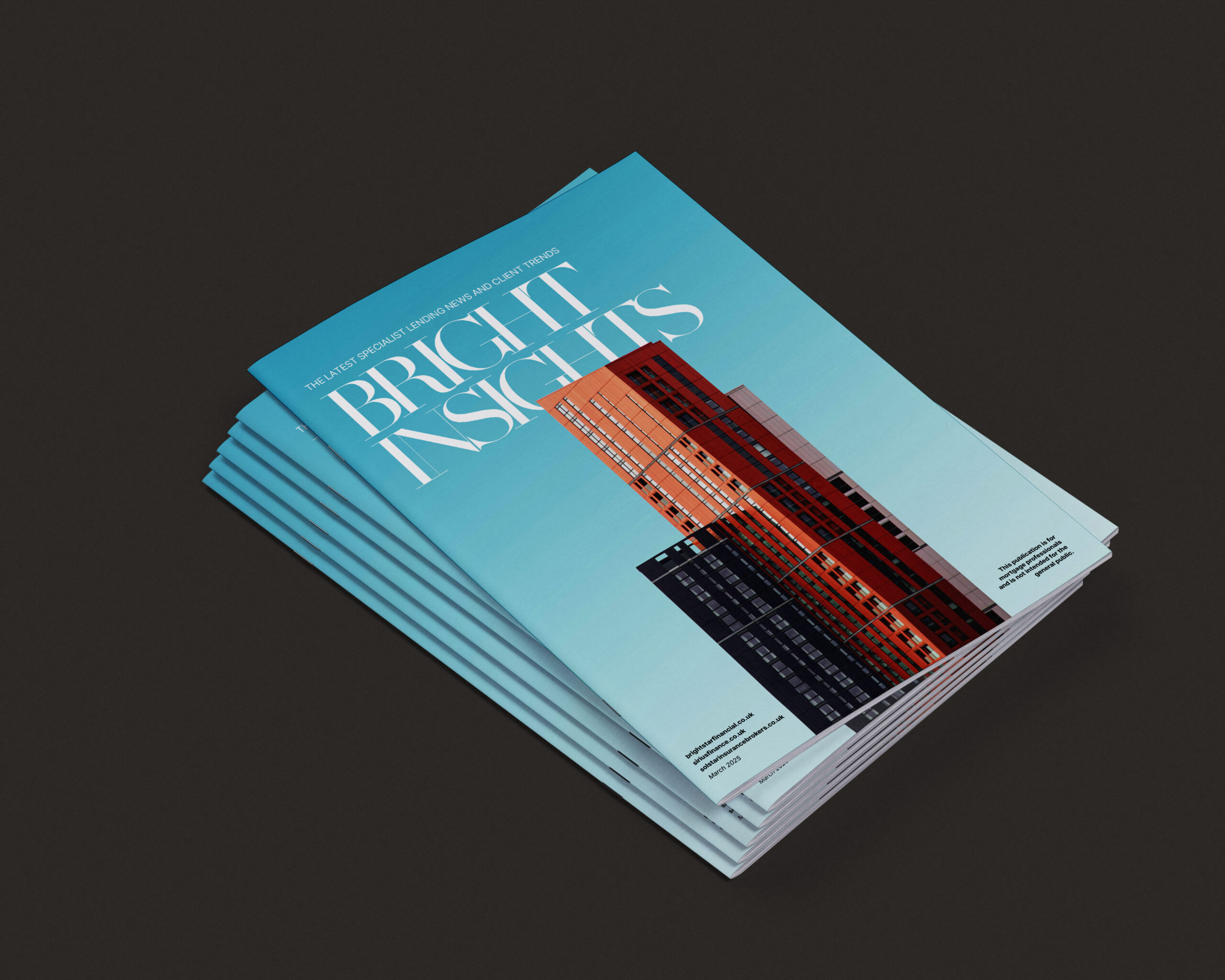NEWSROOM
INSIGHTS & UPDATES

Bright Insights, June 2025
June 2025

The Interview…Andrew Cappaert, Group Head of National Accounts
June 2025

The Brightstar Group publishes first Annual ESG Report
April 2025

“There’s a sense of inherent bias within the system”
April 2025

Bright Insights, March 2025
March 2025

Bright Insights, October 2024
October 2024

An exclusive Q&A with James Cassidy.
July 2024

Helping your clients navigate the current environment.
July 2024

